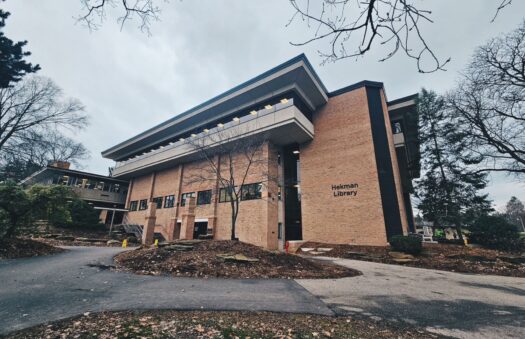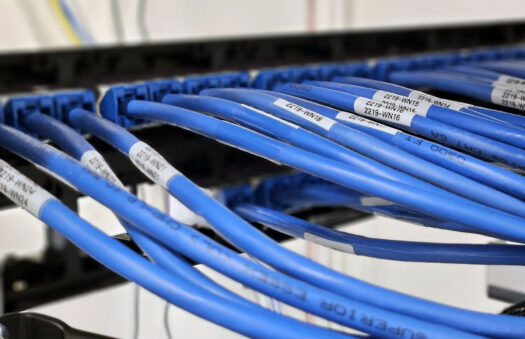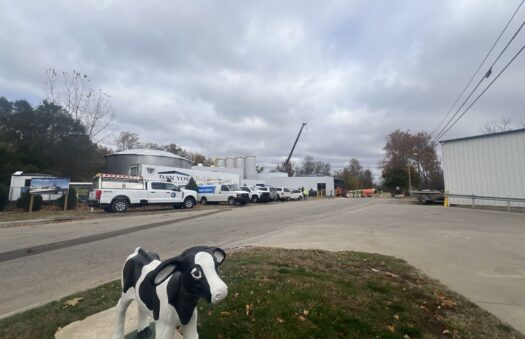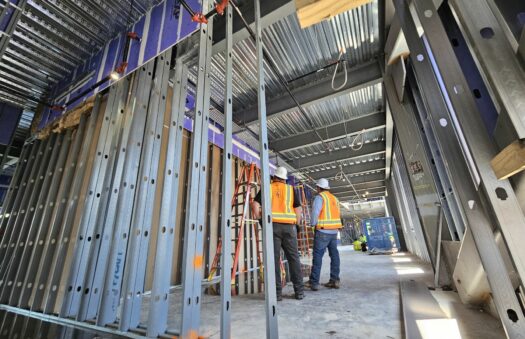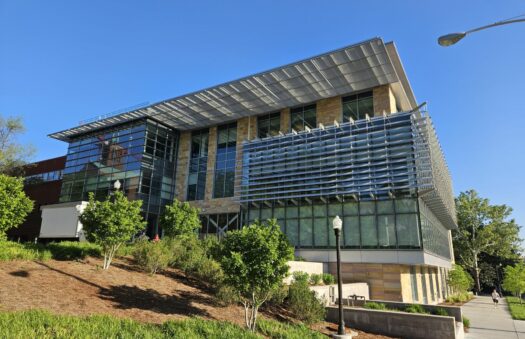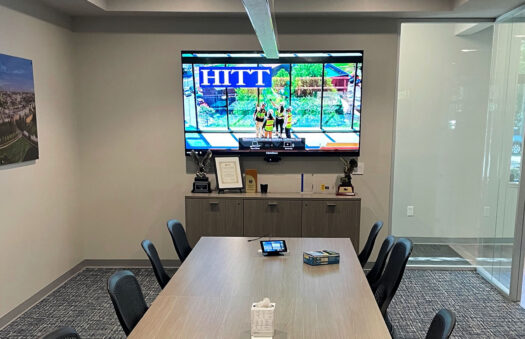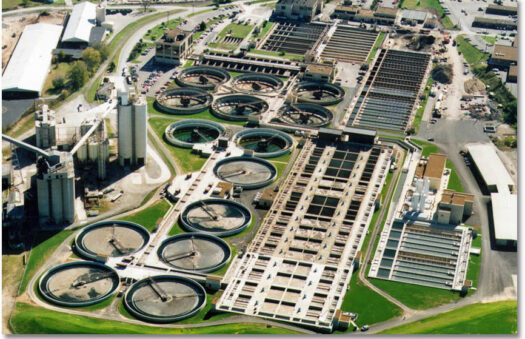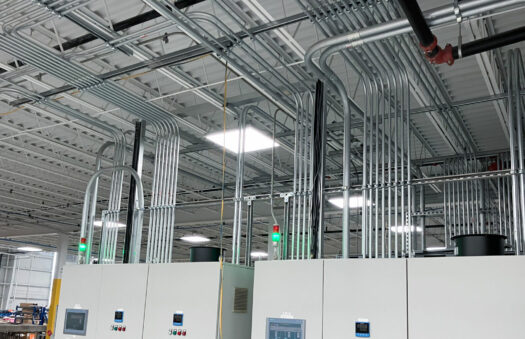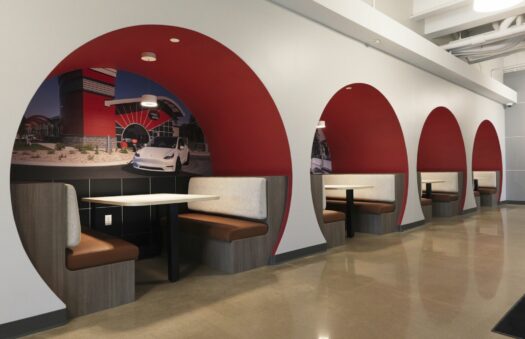Western Michigan University Wireless Upgrade
Higher Education Wireless Upgrade
With their bandwidth requirements on the rise, Western Michigan University found themselves needing to upgrade their wireless infrastructure to meet their faculty and student’s growing needs. Feyen Zylstra served as their low voltage partner, providing expertise and experience in the campus-wide wireless upgrade.
FZ’s portion of work spanned five university buildings: the Richmond Center for Visual Arts, the Student Recreation Center, Waldo Library, the University Computing Center, and North, Central, and South Kohrman Hall. Because of the diversity in building layouts and purposes, we handled
the project with a multi-faceted approach, taking time to consider each building as a separate project. We created a specific plan of attack for each, taking their layout, current infrastructure, purpose, and occupancy requirements into consideration. This allowed us to tailor our approach in a thoughtful and efficient way. In some buildings, we maneuvered around existing infrastructure to change out the current wireless access points (WAP). While in other buildings we replaced and installed new WAPs, requiring new topology to lessen dead zones and ensure 100% coverage.
In all, we installed over 325 wireless access points across the five buildings.
Throughout all of the buildings, our approach to cut-over remained consistent. We installed the new wireless access points in parallel with the existing infrastructure before cutting over to the new system all at once. This seamless cutover process was effective in ensuring that service
remained operational with zero downtime. After the new system was up and running, we went through and removed the outdated infrastructure, being careful not to interrupt or harm any other systems.
A major challenge on this project was fulfilling our work while many of the buildings remained fully operational. With students, faculty, and support staff working and utilizing the buildings every day, our team had to remain flexible, patient, and adaptable. We utilized temporary barricades and work areas to ensure safety throughout the project and offered our teams optional off-work hours to complete work when spaces were less utilized. Dealing with interruptions, students who did not adhere to signage, ever-changing staging areas, and differing building schedules all posed challenges. Our team approached them all with a positive and professional attitude, remaining patient, cognitive, and accommodating.
Of the five buildings, the Student Recreation Center was the most complex. Owing to the nature of the building being a working gym complete with basketball courts, pickleball, swimming pools, tennis, etc., occupancy and scheduling demands were ever-changing. Many days, we had a very limited amount of time to get into a certain space and complete our work before a team or group needed to utilize it. Another challenge in the space was the extreme height of the ceilings. We utilized boom and scissors lifts to install our work with open conduit runs, ensuring safety remained a top priority. With 53 new WAPs replacing the previous 14, we collaborated with the architect to create a topology that minimized dead zones and increased wireless capacity effectively.
A unique feature of this project was the opportunity it provided our apprentices to learn. Owing to the different layouts and approaches utilized at each of the five buildings, this project served as a great way to expose inquisitive and interested apprentices to the world of low voltage. We
utilized two foremen on this project to best teach incoming apprentices, while staying on budget and on schedule.
Although it was a challenge to constantly be teaching and training green apprentices, we remained committed to nurturing the next generation of electricians and technicians who may choose low voltage as their career path.
Customer:
Western Michigan University
Location:
Kalamazoo, MI
Related Keywords:
Low Voltage, Wireless Upgrade, Higher Education, Systems Solutions, Wireless Access Points, Systems Infrastructure,


